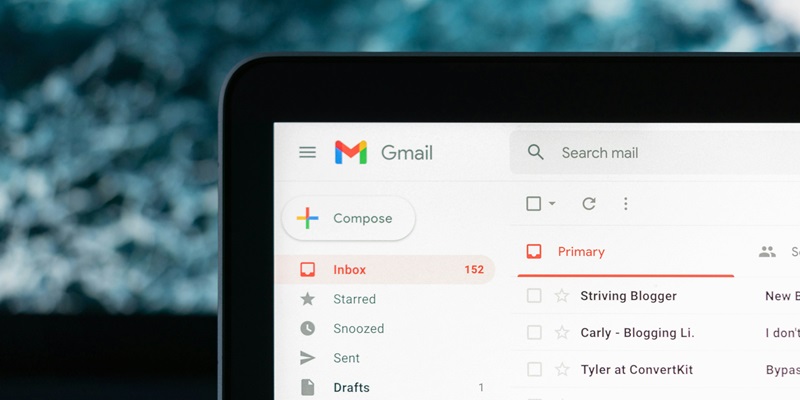In 2024, Gmail will implement stricter regulations for bulk email senders, aiming to significantly reduce spam and enhance the overall email experience for users. This move represents a significant leap towards a safer and more user-centric digital experience.
Gmail’s Initiative for a Safer and User-Centric Experience
With email being an integral part of our communication, Gmail’s initiative to enforce stricter regulations is a commendable step. By reducing spam and ensuring a user-centric experience, Gmail aims to create a safer and more enjoyable email environment for its users. This initiative stands as a testament to Gmail’s commitment to prioritizing its users’ needs and preferences.
Regulations for Bulk Email Senders
To tackle the issue of spam, bulk senders, especially those sending over 5,000 messages daily to personal Gmail addresses, will be required to authenticate their emails. This authentication process will help ensure that genuine and legitimate emails reach the recipients’ inboxes while filtering out unwanted spam. By taking this step, Gmail intends to provide users with a more secure and trustworthy email experience.
Effortless Unsubscription Process for Users
One of the most user-friendly features of this update is the effortless unsubscription process. Gmail will now mandate a straightforward one-click unsubscription process for recipients. This feature allows users to easily opt out of unwanted email subscriptions, improving their email experience and reducing inbox clutter. Gmail’s focus on making the unsubscription process easier demonstrates its commitment to putting users in control of their inbox.
Personalization and AI-driven Content Generation
Gmail’s stricter regulations are prompting marketers to adapt to these changes by utilizing personalization and AI-driven content generation. With email campaigns becoming more targeted and relevant to individual recipients, marketers need to embrace these technologies to create engaging and personalized email content. By adapting their strategies to meet the evolving demands, marketers can effectively navigate through the changes and continue to deliver valuable content to their audience.
Fortifying email authentication and streamlining unsubscription
The 2024 Gmail update emphasizes fortifying email authentication, streamlining unsubscription procedures, and imposing spam rate limits. These measures will enhance the overall email experience by reducing the influx of unwanted and irrelevant emails. Strengthening email authentication will ensure that messages are sent by legitimate sources, fostering trust and credibility in the email ecosystem. Additionally, streamlining the unsubscription process enables users to manage their subscriptions effortlessly and reduces the chances of being bombarded with unsolicited emails.
Ensuring easy unsubscribe options and contact management
Marketers must also ensure easy unsubscribe options and maintain synchronization with CRM systems for effective contact management. By providing clear and visible unsubscribe options, marketers respect the preferences of their audience and build trust with their subscribers. Additionally, keeping their contact lists up to date and synchronized with CRM systems ensures that users receive pertinent and meaningful communications.
Refining marketing strategies in light of the changes
These changes present an opportunity for marketers to refine their strategies, focusing on quality over quantity in their email campaigns. With stricter regulations, marketers need to ensure that their messages are relevant, engaging, and respectful of user preferences. By crafting personalized content and targeting the right audience, marketers can nurture stronger relationships with their subscribers and drive better results from their email campaigns.
Benefits for users and marketers
The implementation of stricter regulations not only benefits users by reducing spam and unwanted emails, but also challenges marketers to up their game. By ensuring their email content is relevant, engaging, and respectful of user preferences, marketers can create better experiences for their audience, resulting in higher engagement and conversion rates. This shift towards quality over quantity benefits both users and marketers by fostering a more meaningful and productive email ecosystem.
With Gmail’s plan to implement stricter regulations for bulk email senders in 2024, the email experience is set to be significantly enhanced. By prioritizing the reduction of spam and enhancing user-centricity, Gmail is taking a proactive approach towards creating a safer and more enjoyable email environment. Marketers, in turn, need to adapt their strategies by utilizing personalization and AI-driven content generation, focusing on quality over quantity. This collaboration between Gmail, users, and marketers will foster a more engaging and respectful email ecosystem, benefiting all stakeholders involved.

